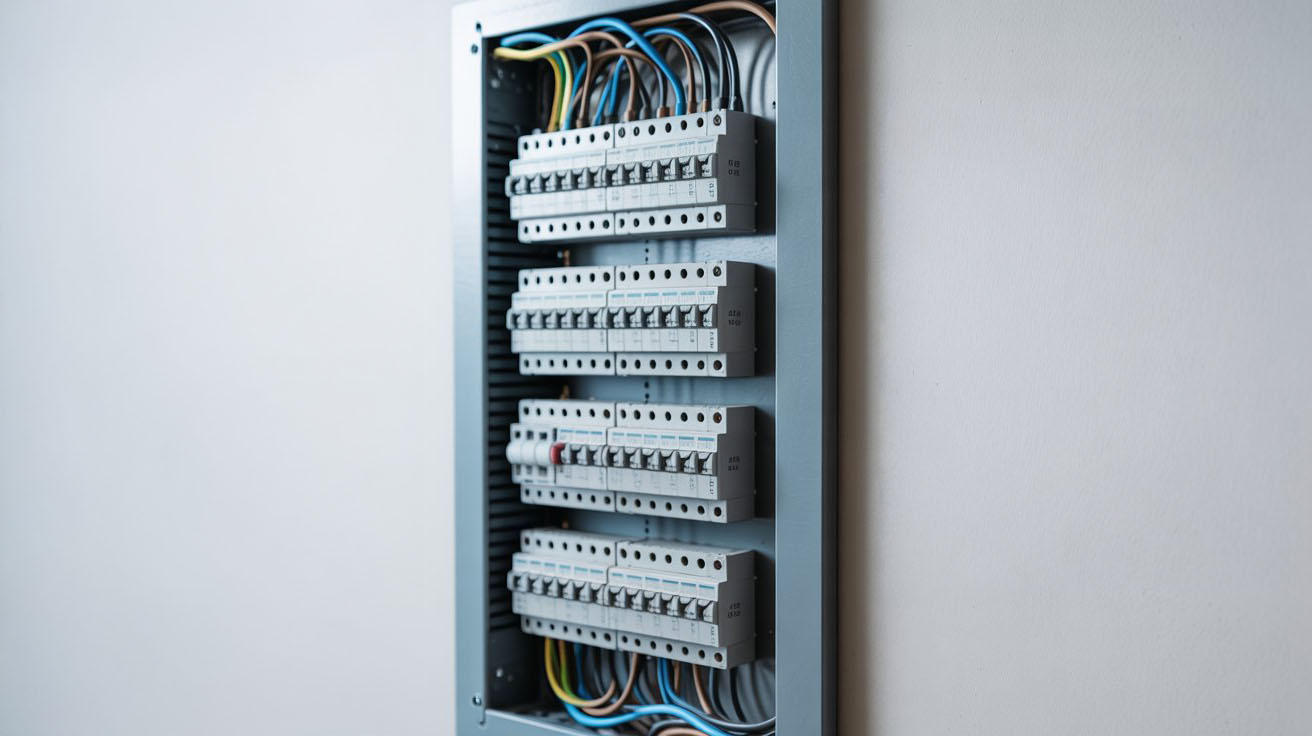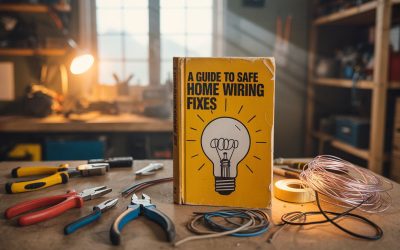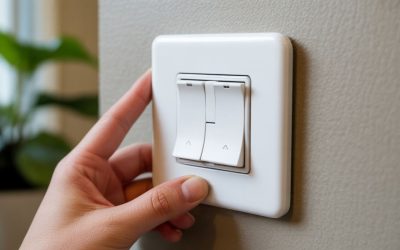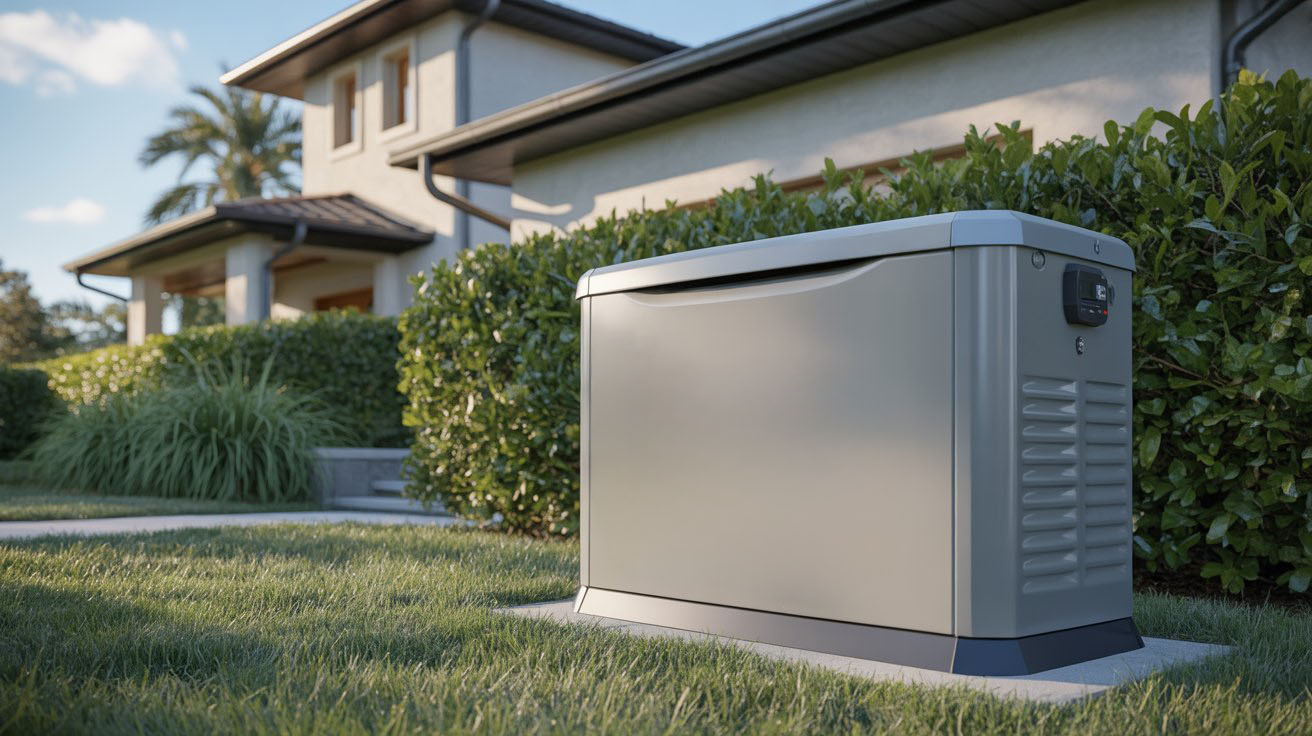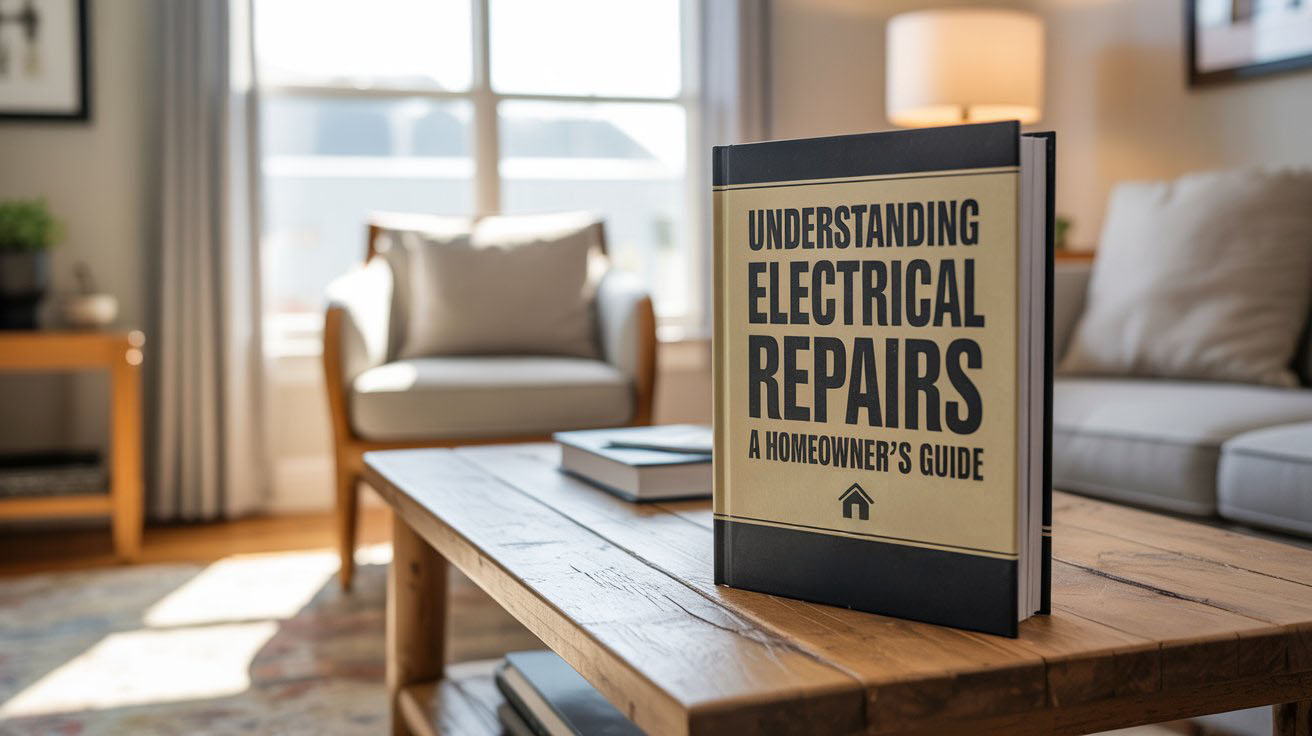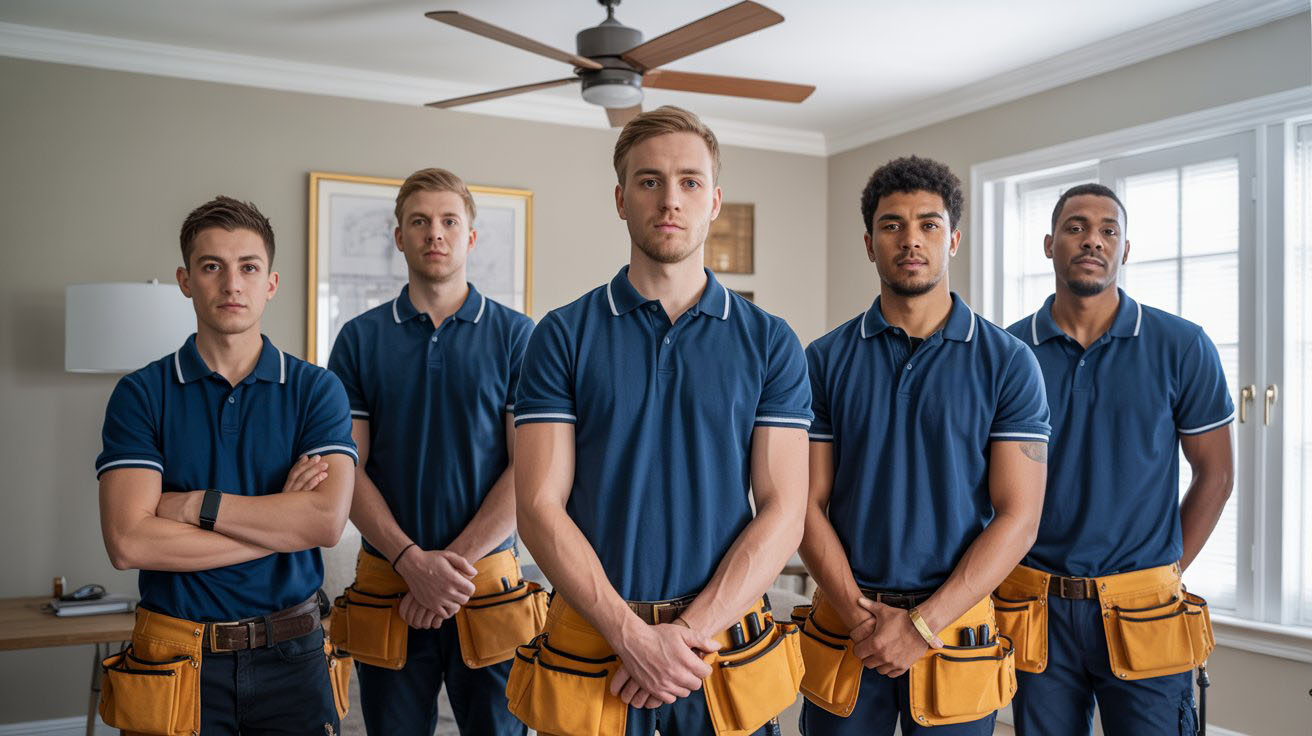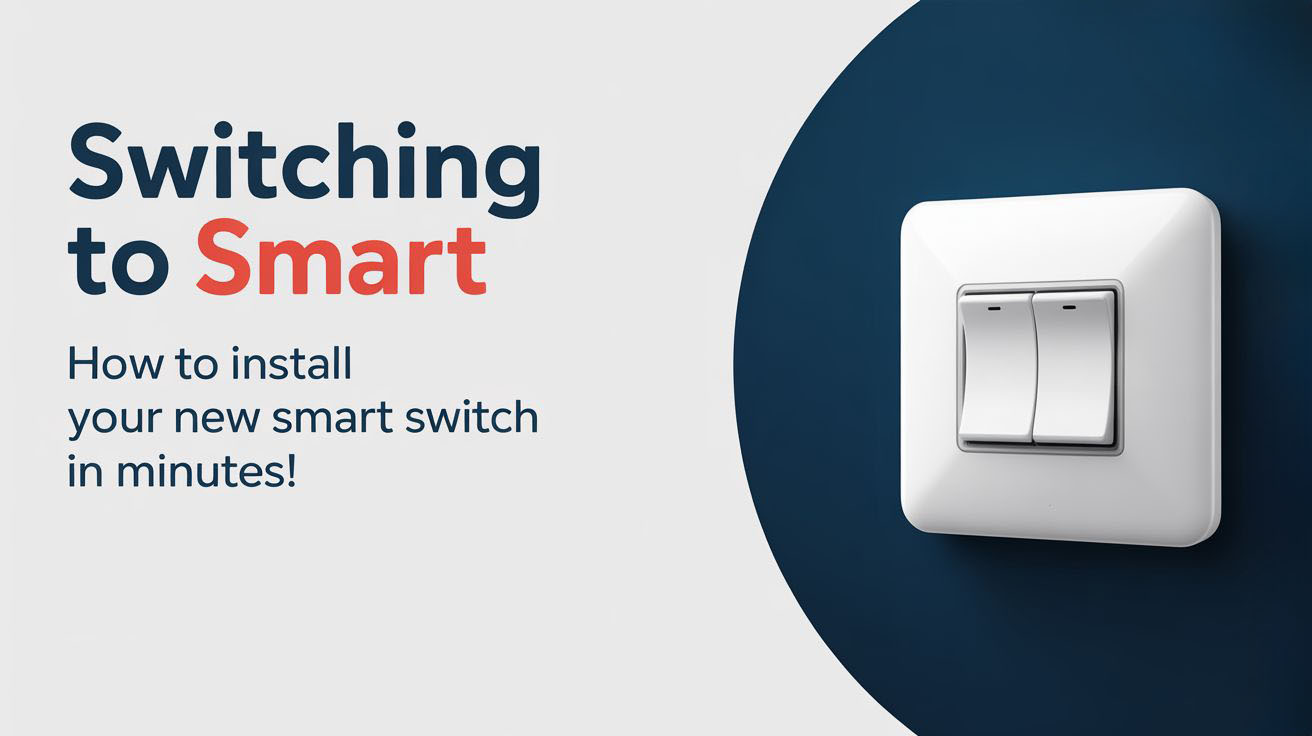If your lights flicker or breakers trip in your Tampa home, your electrical panel may be too small or too old. An electrical panel upgrade gives your home the safe, steady power it needs today. Homes in Tampa, South Tampa, and nearby areas like Brandon and Temple Terrace can benefit from a well-planned, code-compliant panel upgrade.
Table of Contents
- Why Upgrade Your Electrical Panel in Tampa
- Signs You May Need a Panel Upgrade
- Tampa Permits, Codes, and Utility Coordination
- What to Expect During a Panel Upgrade
- Choosing the Right Panel Size
- Safety and Storm Readiness Around the Bay
- Cost, Timeline, and Scheduling
- Your Tampa Panel Upgrade at a Glance
- Tampa Electrical Panel Upgrade FAQs
- Book Your Service Now
Why Upgrade Your Electrical Panel in Tampa
Many Tampa homes built decades ago still use 60- or 100-amp service. Today’s homes have more devices, bigger HVAC systems, and added features like hot tubs and EV chargers. A larger, safer panel helps your home keep up without frequent trips or warm breakers.
Older panels can also be a safety risk. Some panels and breakers from past brands are known to fail more often. Upgrading to a new, code-compliant panel lowers risk and helps your system pass inspections when you sell your home in areas like Carrollwood, Ybor City, or West Tampa.
Signs You May Need a Panel Upgrade
Not sure if it is time to upgrade? Watch for these common signs around Tampa homes. Catching issues early can prevent damage and keep your family safe.
- Frequent breaker trips: Breakers trip often when you run the microwave, AC, or hair dryer.
- Flickering or dimming lights: Lights dip when large appliances start up.
- Warm panel cover: The panel or breakers feel warm or have a burning smell.
- Limited spaces: No open breaker slots for new circuits or appliances.
- Old or outdated panel: The panel is decades old or shows rust, corrosion, or signs of water intrusion.
- Upgrades planned: You plan to add central AC, a hot tub, or an EV charger.
Tampa Permits, Codes, and Utility Coordination
In the City of Tampa and Hillsborough County, a permit is required for a service change or panel upgrade. Your electrician will arrange the permit, then an inspection will follow. The work must meet the National Electrical Code, which is updated often. You can learn more about current code basics by visiting the National Electrical Code (NEC).
Upgrades also require coordination with TECO (Tampa Electric). Power may be shut off at the meter during the work, then restored after the inspection. In some cases, the utility upgrades the service drop or meter can if needed. Homes in nearby communities like Riverview, Wesley Chapel, and Clearwater follow similar steps with the local authority and utility.
What to Expect During a Panel Upgrade
A clear plan keeps your project smooth. Most panel upgrades in Tampa are finished the same day, with power off for several hours. Your electrician will plan ahead so you know what to expect.
- Site check: The electrician reviews your current panel, main service, grounding, and space around the panel.
- Permit and schedule: They pull the permit, set a date, and plan utility coordination for power shutoff and reconnection.
- Safe shutdown: Power is turned off at the meter. Crews label circuits before moving them to the new panel.
- New panel install: The new panel, main breaker, grounding, and bonding are installed to meet code.
- Breaker transfer: Circuits are moved and labeled clearly so you can find them later.
- Inspection and power on: The inspector checks the work. Power is restored and you get a walkthrough.
If you plan to add an electric vehicle charger soon, tell your electrician before the upgrade. You can plan capacity for future needs now, or add a larger panel to avoid another project later. Many Tampa homeowners pair panel upgrades with EV charger installation as they switch to electric driving.
Choosing the Right Panel Size
The right panel size depends on your home’s square footage, HVAC load, appliances, and plans for the future. Many Tampa homes move from 100 amps to 150 or 200 amps. Larger homes or those with pools, spas, and workshops may need more.
Your electrician may do a load calculation to find the correct size. This helps prevent nuisance trips and leaves room for growth. If you want solar now or later, talk about space for backfeed breakers and equipment. You can also learn how upgrades tie into clean energy on our Electrical Panel Upgrade page.
Safety and Storm Readiness Around the Bay
Storms, heat, and salt air affect electrical systems across Tampa Bay. Lightning and power surges are common in summer. A modern panel with the right breakers helps protect your home and sensitive devices.
It is also smart to add whole-home surge protection during a panel upgrade. This can help shield your electronics and HVAC from spikes during storms that roll in off the Gulf. For added protection, ask about surge protectors that mount in or near your new panel.
Many newer panels support AFCI and GFCI breakers where required. These breakers add safety by helping to reduce fire and shock risks. For more safety tips at home, visit the Electrical Safety Foundation International (ESFI).
Cost, Timeline, and Scheduling
Most panel upgrades in Tampa take one workday, with 4 to 8 hours of power off during the main swap. The schedule depends on the permit, inspection window, and TECO coordination. Your electrician will guide you through the timing so you can plan meals, work, and comfort around the outage.
Costs vary by home and service size. Typical ranges can start around a few thousand dollars and go higher if you need a larger service, meter upgrades, or new grounding. Homes near the water or in older neighborhoods may need extra corrosion protection or repairs that affect cost. Your written estimate should explain parts, labor, permits, and inspection.
To keep your system safe over time, consider a yearly checkup after your upgrade. An Electrical Panel Upgrade paired with good maintenance helps prevent small issues from becoming big problems.
Your Tampa Panel Upgrade at a Glance
Upgrading your panel gives your Tampa home safer, steadier power. It also sets you up for new appliances, future remodeling, and storm season. With proper permitting, code compliance, and the right size panel, your home will be ready for years to come.
Essential Points
- Local rules: Panel upgrades in Tampa need permits, inspections, and utility coordination.
- Right size: Load calculations help choose 150- or 200-amp service for today’s needs and tomorrow’s plans.
- Safety first: AFCI/GFCI breakers and surge protection add safety during storms and heat waves.
- Plan ahead: Tell your electrician about EVs, spas, or solar so the panel is ready.
- Clear labeling: A labeled panel makes it easy to find and reset circuits later.
Tampa Electrical Panel Upgrade FAQs
Here are answers to common questions from homeowners in Tampa, St. Petersburg, and Clearwater. These notes can help you plan your project with confidence.
Frequently Asked Questions
How do I know if my panel is too small?
Frequent breaker trips, flickering lights, and a full panel with no room for new circuits are clear signs. If you are adding a big appliance or an EV charger, you may also need more capacity.
Will I be without power during the upgrade?
Yes, power is off for several hours while the panel is changed. Most jobs are completed the same day, with the power back on after the inspection and utility steps.
Do I need a permit in Tampa?
Yes. A permit and inspection are required for panel upgrades. Your licensed electrician will handle the paperwork and coordinate with TECO for safe shutoff and reconnection.
What size panel should I choose?
Many homes move to 150 or 200 amps. Your electrician will do a load calculation based on your home, HVAC, appliances, and future plans to recommend the right size.
Can I add surge protection during the upgrade?
Yes, this is a great time to add it. Surge protection helps guard your home during Tampa’s summer storms and can be installed in or near the new panel.
Book Your Service Now
Ready to get safer power and fewer trips for your Tampa home? Our team is here to plan your panel upgrade, pull permits, and handle the inspection. To get started, please contact us for an estimate and schedule.

